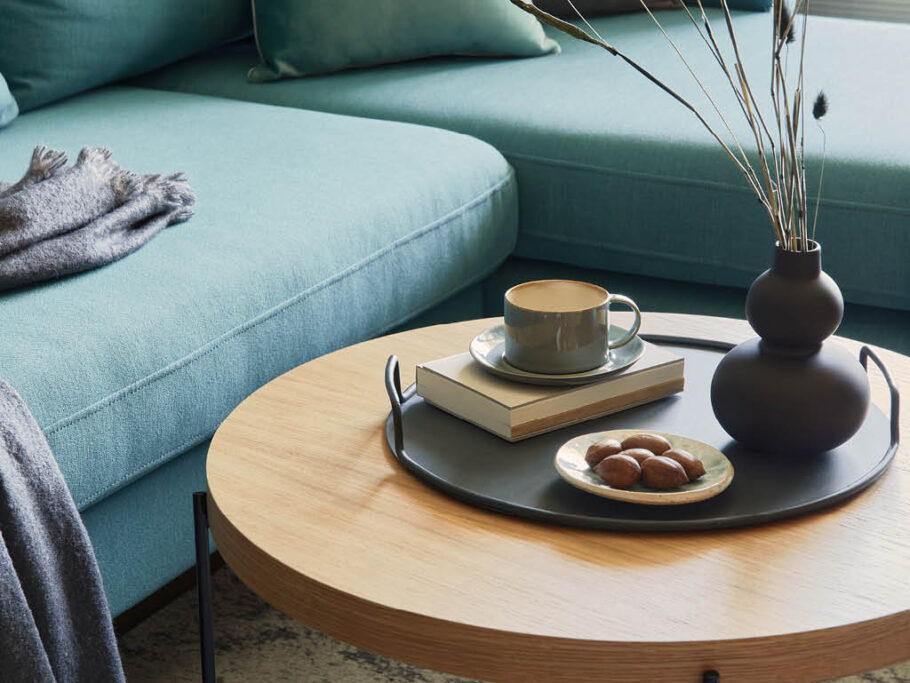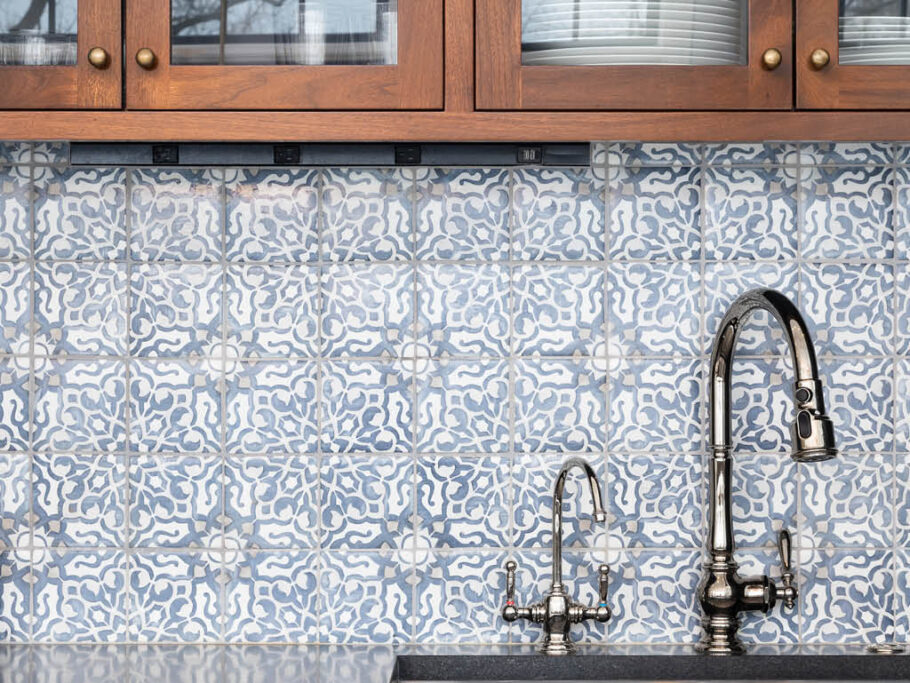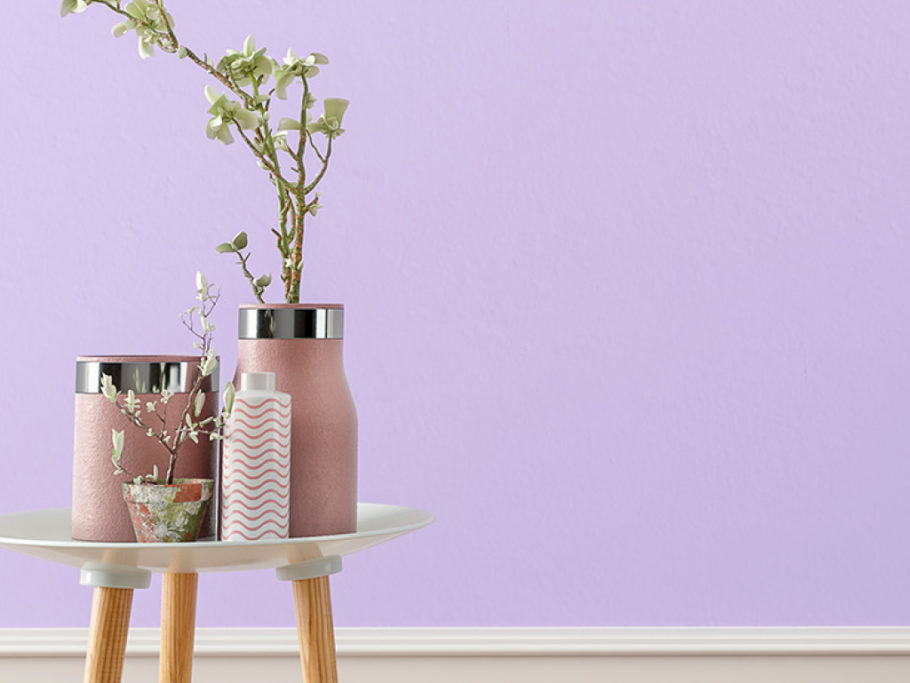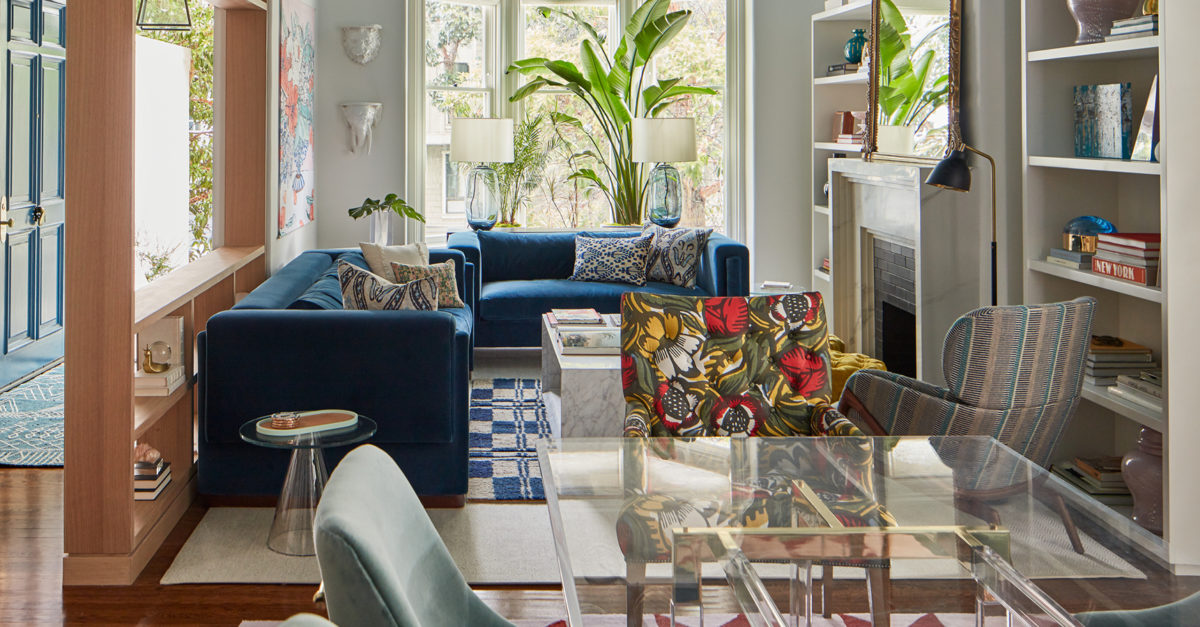Curated Happiness
Although Emilie Munroe was surrounded by creative parents growing up, her transition into the field of interior design was an unexpected but fortuitous twist of fate.

Were you always destined for a career in design?
I landed in the interior design field by chance. My father began his marketing career as a print photographer, and my mother is a literary fanatic who enjoys jewelry design, collage, and crafts. I did ten years of youth theater and was always working on some unique creative project. I was surrounded by creative spirits my whole life, but I never had a proclivity for the arts as an indication that my career would be in design. When did you begin to think of design as a possible career? I spent high school and college assuming I’d end up in graduate school for law or journalism. During my studies, I landed a summer position at Jay Jeffers’s interior design studio. I was entranced by the daily interplay of business and the arts, conceptual thinking and tangible fabrication, and social networking and solo creating; there was a yin and yang to every function of the work.
When did you begin to think of design as a possible career?
I spent high school and college assuming I’d end up in graduate school for law or journalism. During my studies, I landed a summer position at Jay Jeffers’s interior design studio. I was entranced by the daily interplay of business and the arts, conceptual thinking and tangible fabrication, and social networking and solo creating; there was a yin and yang to every function of the work.
What wisdom or lessons did you walk away with after your time there?
You couldn’t dream up a more perfect mentor than Jay Jeffers. Everyone knows he’s talented, driven, handsome, and so fun at parties, but what becomes clear when you work on his team is how much his background in business and finance creates a grounded leadership style that empowers a collaborative, organized, and detail-oriented environment for his design team. This energy flowed right through to client relationships and productivity. So, along with channeling Jay’s style and joie de vivre, I work each day to cultivate the same positive culture for my team.
How would you describe your design philosophy and aesthetic?
The core job of an interior designer is to act as a translator, channeling a client’s personality and lifestyle into a physical reality. This means we don’t subscribe to a signature aesthetic but instead are constantly reinventing and exploring. We want each space to feel fresh and unexpected and each client’s experience to be tailored to their lifestyle. I like to think of our mix of projects like fabulous friends at a dinner party—each is totally unique in personality and style, yet all are brought together by common interests and sensibility.

Where does your inspiration come from?
Domino Magazine used to have a feature I adored called “Turn this outfit into a room” where they would take a fabulous fashion photograph and translate it into a room of furnishings. Fashion is a client-centric field just like interior design, so I take a ton of cues from innovative designers like Gwen Stefani, Jenna Lyons, and Kate Spade for their distinctive personal and lifestyle brands that expertly balance form and function. Their voices are in every collection, with the detailing, colorways, and materials evolving to define the season. We want to channel this same spirit in our home design process. and designer-driven. The magazine photos showed warm, collected, vibrant homes that were not afraid to share a specific personality. We knew immediately there was no space here to toe the line—our design needed to revolve around pieces and ideas that exuded happiness, inspired curiosity, and had a strong aesthetic voice.
What were some of the clients’ priorities when it came to the house’s aesthetic and function?
Our clients have an incredible sense of style and a keen connection to their aesthetic preferences. We could trust them to select elements they loved, and they trusted us, in turn, to make sure everything came together seamlessly in visual harmony. Ultimately, they wanted a super personalized environment that felt inspired and full of delight while still being überfunctional and easy to live in. On several occasions, like with the family room drapery panels and dining room lead chairs, they selected fabrics that had been on my inspiration board for years waiting for the right client match.
Did the clients already have a collection of art, or was there a collaborative selection process?
Our clients have a passion for art and supporting the arts, so we kicked off the project by incorporating several existing pieces into our designs. Then, when installation was around the corner, we worked with Simon Breitbard Fine Arts to add a fun, diverse mix of new pieces to complete the various spaces. The piece above the fireplace of our beloved Bert from Sesame Street was painted by one of the clients. Have you always been brave in your design sensibility? How have you fostered confidence in yourself? Because style is subjective, confidence is critical to success in interior design.
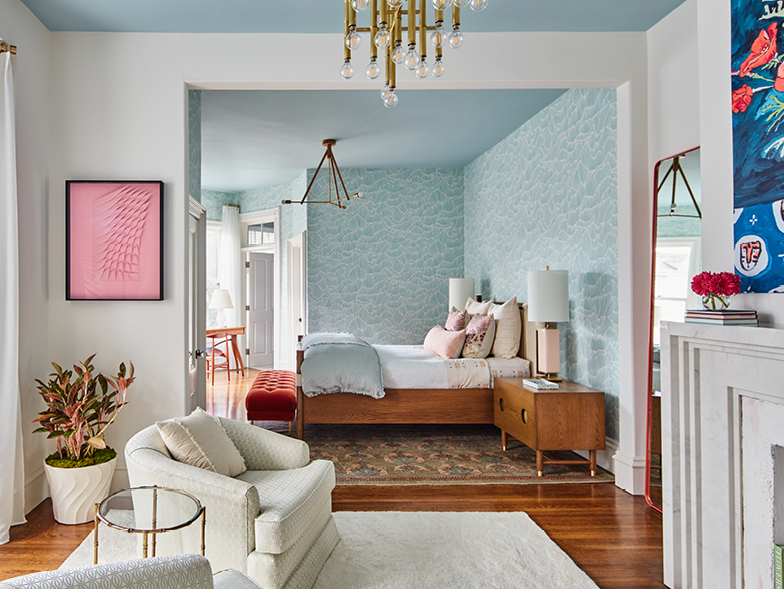
Would you talk about some of the bold design choices in the dining room?
When mixing patterns, balancing scale and type is essential. This room works because the rug has a geometric pattern, while the lead chairs incorporate some of the same colors but in a floral design. The solid side chairs ground the mix.
Even though the house is very visually exciting, it still feels grounded and pulled together. How do you know when to push a design and when to scale it back?
I love this question, as it summarizes the magic of our craft. At the core of all the learned skills (scale and proportion and flow) is the nuanced intuition that makes the unique and unexpected also comfortable and welcoming.
Do you have a favorite room or design detail in this house?
We were thrilled by how all the fantastical colors and patterns in this house materialized into a magical, yet cozy and grounded, home where the clients could work, entertain, and relax in equal measure. It is my sincere hope that there is never a favorite room but a series of spaces, each with its own voice and story, that make up one fabulous novel of an integrated home. Why choose one room when you can have them all?
For more info, visit studiomunroe.com




